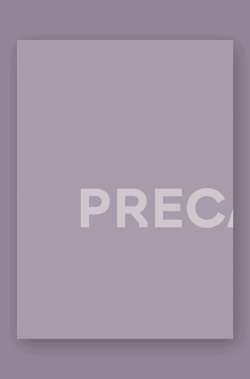Urbanity and sociability: scenes and transformations
May 27, 2008

Article written by Xavier González
Though customs are constantly evolving in accordance with fashions or social and economic transformations, the appearance of new uses has become the main agent for the invention of new spatial or architectural typologies. Thus, are stations, pedestrian passages, department stores, airports, and shopping centers an enlargement, a limit, a reduction, or a mere refuge of public space? Such ambiguity, and even interference, of the indicators of and limits between public and private space, magnified by the urbanistic heritage of the Modern Movement, gives the impression that public space belongs to everybody and nobody at the same time.
This is surely one of the reasons why these places are now being sequestered, privatized, and usurped. The voids, depending on their potential, have become like rooms of a large house that are for everyone’s use, receptacles or spatial translations of new social customs.
Cladding walls with graffiti and other ways of reusing the objects that are already present in the site have become common practices of an urban culture of appropriation and movement. The city is a vast terrain for experimentation and communication. Its territories are scenes saturated with signs, images, and fixed or mobile objects that adapt to current or coming, permanent or ephemeral needs. Much has disappeared from the streets: hopscotch, the children of Doisneau’s photographs, the sense of community responsibility. Instead we find skaters, breakdancers under canopies, publicity pamphlets in telephone booths, ads of private classes in downspouts, walls invaded by works of urban artists, Tai-Chi classes in gardens,
impromptu picnics on the banks of canals, bottles leftover from the weekend, cars with
the trunks wide open and music at full blast…
The development of the Okupa movement, meaning the occupation of empty
buildings, has been one of the triggers of a true alternative culture. This phenomenon,
heir at once of the autonomous movement because of its politicization, of punk
because of its aesthetics, and of the hippy movement because of its tendency towards
Kerouac-type wanderness, was born in Berlin in the late 70’s, precisely in the Kreuzberg
quarter. At the time, the political issue of people’s “right to the city” took up a central
part of all urban debates. The originality of the movement lay mainly in the fact that it
managed to take in all cultural disciplines (art, music, film) and even political ones. The
development and flowering of this current that Germany’s Green Party leaned on was
due to a new sociological force: the associative movement.
Such renewed awareness of space and time and the attendant new reading of territory reappeared in the nineties in the context of Techno culture, when Berlin was one of the main breeding grounds of electronic music. Collective events partake of the same process of appropriating a public or private space (a hangar, a threshing floor, a forest) and using it as venue for a concert. The tribal feeling of the participants is fundamental, since originally only a few shared information about the events.
The mobile phone, the SMS message, Internet forums, etc, are al¡ now basic instruments of the associative movement. They are new channels of communication and indispensable utensils for broadening the scope of the movement's actions. In this way, the Network can be understood as a direct, albeit virtual prolongation of public space.
In this context we must point out the use that Flash-Mobs make of public space. FlashMobs are groups that have the capacity to carry out actions of quick occupation in the busiest places. That is, in a matter of seconds severa¡ hundreds of strangers come together in a communal and synchronized act, to later disperse without having said a word to one another. This true commando action is possible thanks to the existence of that new social space that is called the Network.
A description of public spaces wouldn't be complete if we didn't attach a certain secrecy to these urban laboratories: the sense of belonging to an initiatory route. To find these spaces, it is necessary to stray from the city's more frequented routes. It is necessary to lose one's way and come upon the nudist beach on the banks of the Seine, where towels hang on the rails of cranes, or overcome obstacles and discover territories in transformation on the banks of the Spree, on the Ost Strand, where the joint presence of the Wall and the river create a peculiar landscape.
Hence, while the city's traditional spacés constitute a city under control, these places escape the usual methods of perception. They constitute an enigma that we must learn to decipher, a rather hostile entity for us to explore, a labyrinth where we must get "lost...just as we get lost in a forest".'
In this way we find a unique city in the ande la dérive initiated by Louis Aragon in Le Paysan de Paris. Those "places that are most of the time abandoned, those treetops that lean against the walls, or those landscapes and small yards that hardy anyone passes" z are the back cracks of the city.
Located in the urban gaps, these spaces that have no status and are subject to no rules or urban conventions become "wild" territories. They become venues for marginal or spontaneous practices, depending on their capacity for poetry or praxis, or on their possible configurations.
These places are often as ephemeral as their uses, and can be transformed or transferred in accordance with urban development or real estate pressures.
Nevertheless, these places and these practices are in danger of getting stifled or swallowed up by the city itself or by political institutions. So it is that the summer event Paris Plage simply reproduced something that already existed; the Palais de Tokyo reproduced the "squat" aesthetic while putting it at the service of a museum; the Pompidou Center's exhibition Dyonisios established artists coming from occupied neighborhoods; Kreuzberg is nowadays the neíghborhood of a young bourgeoisie; every year the Techno Parade goes through Berlin's main avenues. In this context, what will the Ost Strand be in a few years' time? A new park typology or a mere revision of the low-cost aesthetic? Or a version of the Palais de Tokyo for exteriors, with Leroy Merlin furniture?
Article published in a+t 27. In Common II
Notes
(1) WaIterBenjamin, ensuniqueprecedé d’une enfance berlinoise, “Tiergarten” p.13 Editions 10/18 sept. 2000.
(2) Op. cit.


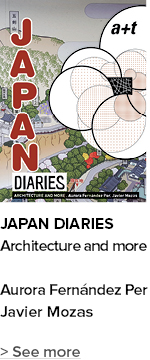
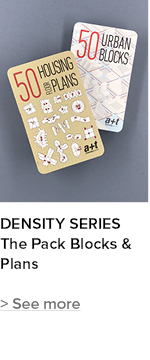

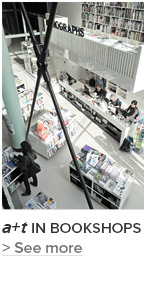
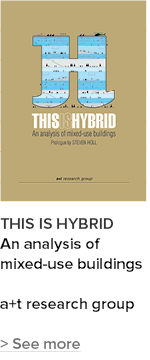


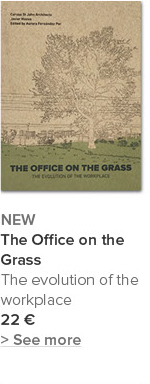

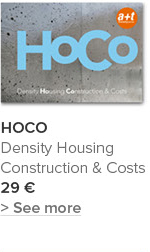
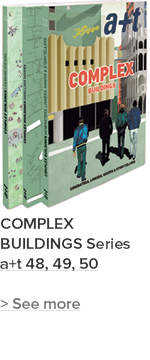


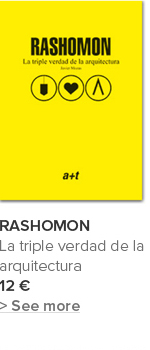
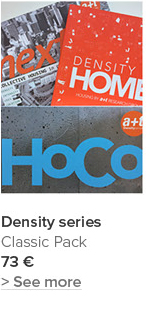





 I've read and agree to
I've read and agree to 


